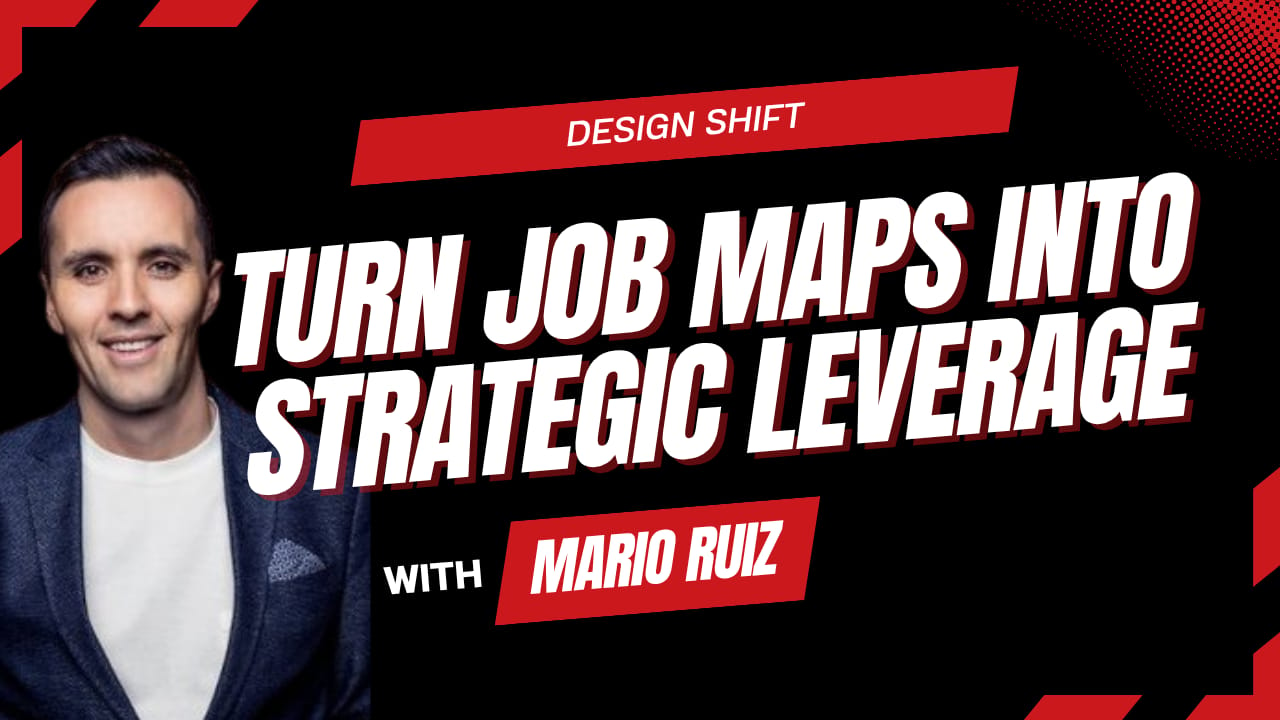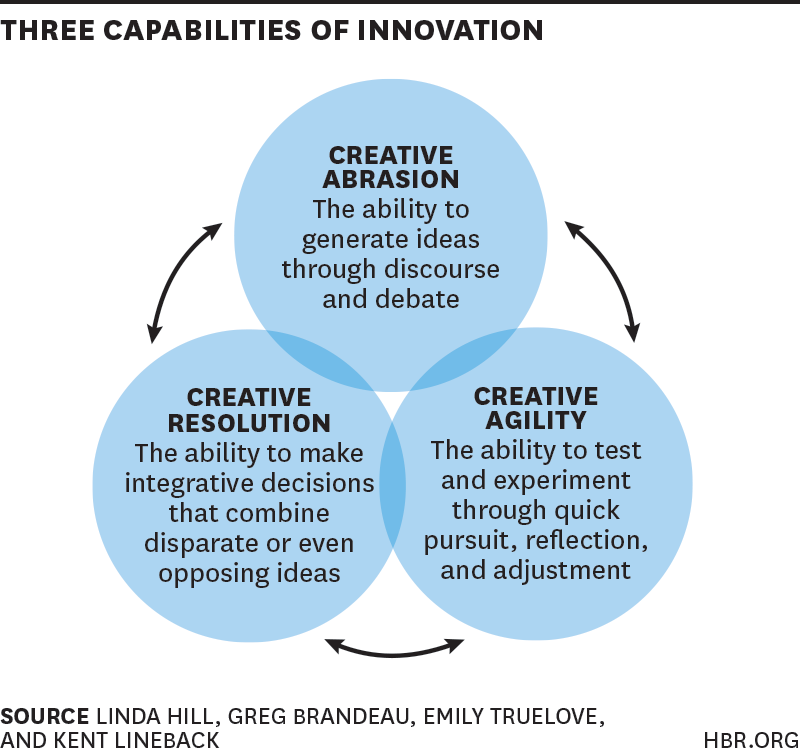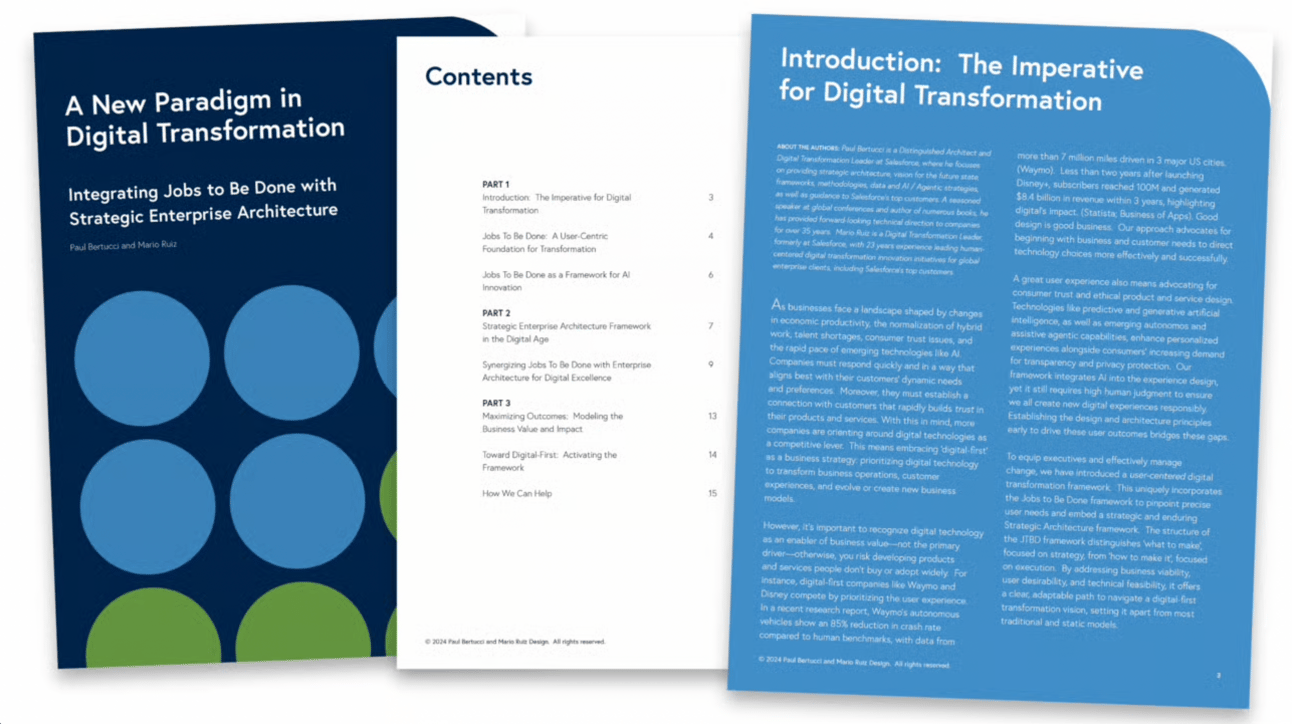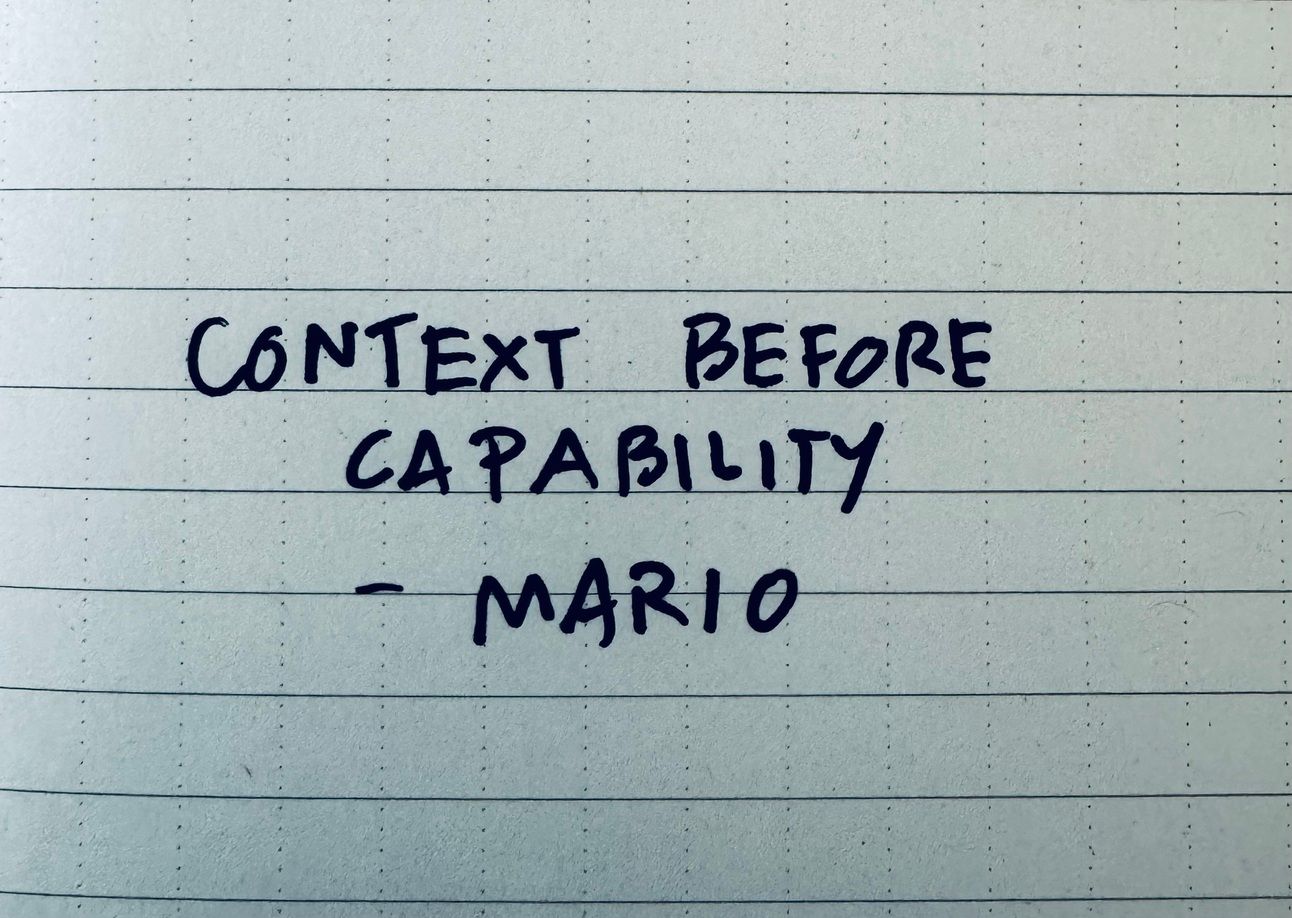
Last week, I shared why Jobs to Be Done isn't necessarily about the framework but about focus. But understanding the "why" is only half the story. Teams and leaders quickly move to: "How do we actually build these job maps together and use them to drive real change?"
Today, let's move from the value of job maps to how we build them effectively as a strategic lever!
Learn AI in 5 minutes a day
What’s the secret to staying ahead of the curve in the world of AI? Information. Luckily, you can join 1,000,000+ early adopters reading The Rundown AI — the free newsletter that makes you smarter on AI with just a 5-minute read per day.
Building Job Maps That Actually Work
The most successful JTBD workshops don't look or feel like your regular meetings. They are realignment sessions for how work really gets done and how to design around it. Here are a few tips to set up a workshop that produces sustainable results!
I recently worked with a company built through multiple acquisitions. Talented teams, strong individual performance, but they hadn't fully understood what capabilities each acquisition brought to the combined organization, especially new digital capabilities. As leaders built the job map collectively, they began understanding workflows across functions, redundancies, and identified jobs where they were over-resourcing while missing opportunities to leverage shared capabilities and where new technology investment was needed!
Sound familiar? Here’s how to change that.
1. Set Stakes Through Executive Sponsorship
Nothing starts until the stakes are clear. Your executive sponsor should frame the work in business terms:
"We're creating the foundation for our next $10M in tech investments."
Then they can step out and let their teams get to work. Executives don't need to shape every detail, but they must create space for honest conversation about how things actually work versus how we wish they did, with their added context of new company growth or value.
2. Get All the Right Voices in the Room
Include leadership from marketing, sales, product, engineering, design, and operations. The goal isn't consensus but perspective. One team's "onboarding" is another's "lead nurturing." Assume there will be disconnects: "I didn't know we did it this way." It might feel a little messy at first, but it's where tacit and explicit gaps that need attention show up.
3. Set the Stage for Mapping
Before teams begin, set the tone. This is a process of discovery, not performance. The goal is shared understanding, not perfection. Stating this clearly to the participants lowers stakes and raises curiosity.
This works best as a physical, low-tech activity. Post-its, Sharpies, and lots of big walls. The tactile setup helps teams see the flow, talk it through, and move things around. This also allows for linear and non-linear thinking, appealing to both types of learners.
4. Facilitate the Map, Don't Own It
Let the team build the job map through structured stages. You facilitate; they discover.
Start with major customer lifecycle stages (e.g., generate demand, attract clients, source talent, match talent to open roles) that cover functions like marketing, sales, product fulfillment, and service. Then, in teams, break into specific smaller "jobs" within each stage. Keep asking: "What job does the employee need to accomplish here to help the customer succeed?"
5. Stress Test With Progressive Critique
Getting to a first draft might take a few revisions. Expect to cycle through and clarify. Once it's up, shift from collaboration to critique. This is where it gets really interesting.
"If this is the job, what are we currently doing that supports or contradicts it?" "Could automation or AI free us up for deeper work?" "Where is human judgment or intervention most valuable?"
The map gets sharper through productive debate and critique, not just agreement. It’s what Linda Hill would call “creative abrasion”.

Why This Matters Now: AI and Capability Planning
AI is moving faster than most organizations can adapt. Teams are under pressure to deploy AI solutions quickly, often without a clear strategy. Without job maps, AI and automation efforts tend to become disconnected point solutions.
Without context, teams often solve for their own slice of the experience. One might automate a touchpoint that another doesn’t use. Another might build features for needs that haven't been validated. It's easy (some might argue faster!) to optimize locally and miss what needs attention across the whole journey; the hidden cost comes when misaligned work has to be retrofitted or scrapped.
With job maps, however, you unlock clear alignment between business strategy, user needs, and tech investments, including AI. You get a shared view of which jobs benefit most from AI, and/or which require human judgment. Most importantly, you create a capability-based roadmap that connects strategic priorities with what's technically feasible.
This is what we outline in our white paper, A New Paradigm in Digital Transformation, co-authored with Paul Bertucci from Salesforce. It pairs JTBD mapping with deeper enterprise architecture and capability models, showing how the jobs your customers and employees are trying to do map directly to required business capabilities, the maturity of your current systems, and the value and complexity of potential AI integrations.
From Insight to Activation
A shared job map is not an artifact. It's a foundation. From it, you can prioritize technology investments, create a capability maturity model, evaluate vendor pitches through the lens of user jobs (not shiny features), and identify which jobs are best suited to generative AI vs. assistive agents. In short, job maps are the beginning of shared language and decision-making that lets you move faster!
What's Next
Next, I'll show you how to activate your job maps:
How to prioritize jobs for AI deployment
How to model cross-functional impact
How to keep your maps evolving with your business
The goal isn't a perfect map, they'll always be evolving. It's repeatable and sustained understanding that helps your team make smarter decisions faster.
Subscribe to Design Shift for more conversations that help creative professionals grow into strategic leaders.
Want to go deeper?
I've co-authored a comprehensive white paper with Paul Bertucci (Salesforce Distinguished Architect) that shows exactly how to integrate JTBD with Strategic Enterprise Architecture for digital transformation. "A New Paradigm in Digital Transformation" walks through the complete framework we use with Fortune 500 companies, including detailed capability mapping, AI integration strategies, and business value modeling that drives real ROI.
Download the full framework below and see how leading organizations are using JTBD to build competitive advantage through strategic technology decisions.

"A New Paradigm in Digital Transformation: Integrating Jobs to Be Done with Strategic Enterprise Architecture" by Paul Bertucci and Mario Ruiz
What did you think of this week's issue?
Stay In The Business Know with 1440
Are you looking for easy breakdowns and knowledge deep dives on the latest key concepts to help you understand business and finance topics? Finance news doesn’t have to be confusing. 1440’s weekly newsletter explains markets, policy, and investing in plain English—complete with charts, context, and links to learn more.



